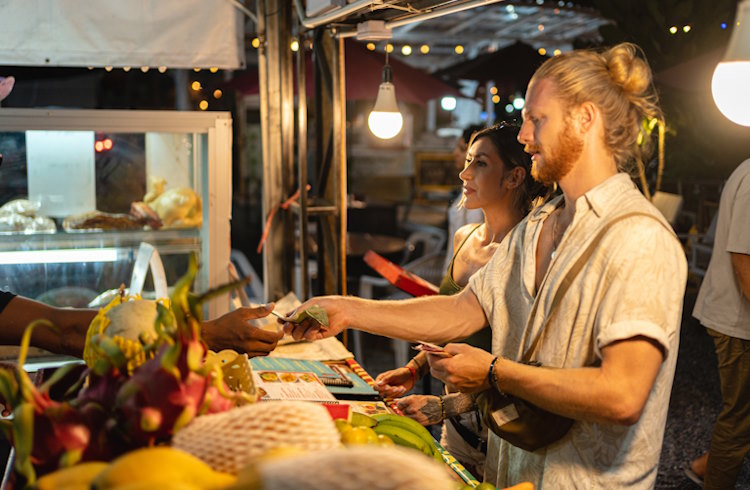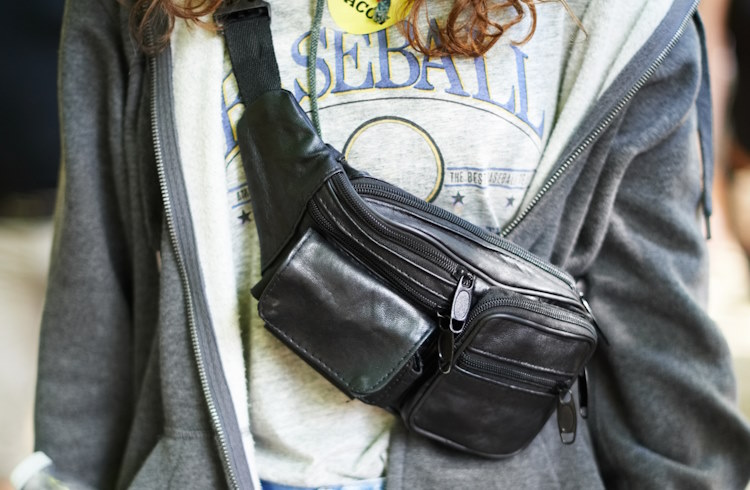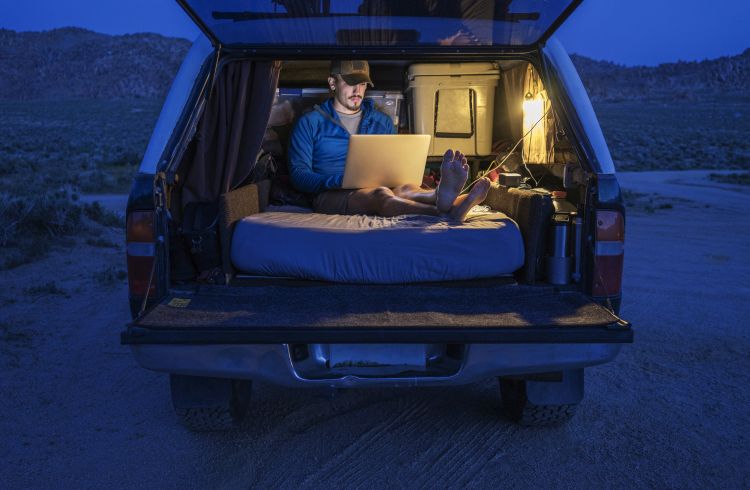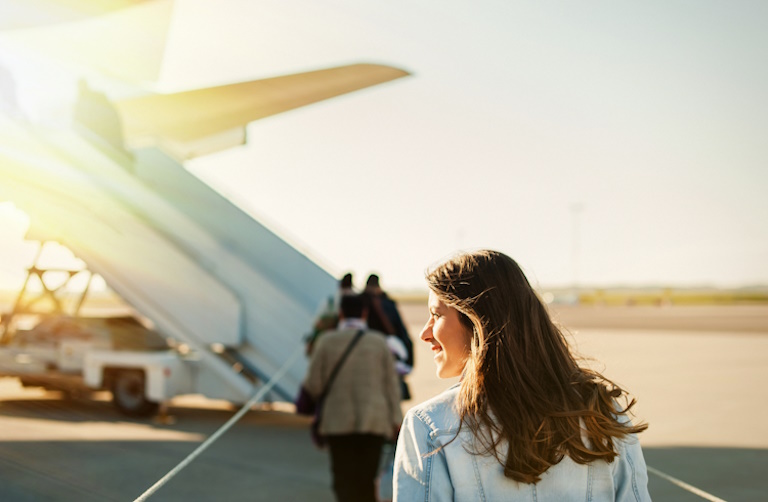How to Travel with Cash: Tips to Keep Your Money Safe
Be it credit cards, banking apps, or cold hard cash, here’s how to travel safely with money.
 Photo © Getty Images / FluxFactory
Photo © Getty Images / FluxFactory
When I first started traveling to Cuba over a decade ago, American credit cards and ATM cards didn’t work there (and still don’t), and Airbnb hadn’t yet arrived. I had to learn how to travel with cash because I would go for months at a time, carrying enough to pay for accommodations, activities, transportation, and food. Once, I ran out of money after a three-month trip and had to ask a friend in Mexico to book my flight out of Cuba.
Carrying large amounts of money can be inconvenient at best – and dangerous at worst – so I developed several strategies for traveling with cash while minimizing risk. Years later, I still rely on these strategies to get through trips where cash is king.
Why travel with cash?
In some destinations, such as very remote areas, there may be no other option. But even if you can use credit cards, there are still a lot of benefits to carrying cash.
- Have a backup for emergencies: Cash is nearly always accepted so it’s often the best form of payment for housing, medical, and other emergencies, particularly in remote areas.
- Cash for small purchases and tips: Paying for small purchases and gratuities with cash is often quicker and easier than negotiating with credit cards.
- Cash is preferred some places: In some destinations, there is a strong preference for cash and merchants may require a large minimum amount to use a credit card, or they simply may offer a discount on cash purchases.
- Inability to access your bank account: Even if you should technically have access to your bank account, unsecure internet connections and malware threats could block access when traveling.
- Limited access to banks or ATMS: Even if a country has ATMs that accept your bank cards, they may be few and far between, or charge exorbitant withdrawal fees.
How to travel safely with cash
Regardless of where you’re going, some strategies apply across the board. Here are my top tips.
How much cash are you allowed to travel with?
The amount varies from country to country, so check the rules related to your destination before your trip to avoid being hit with fines. Now, knowing how much cash you’re allowed to travel with is different from determining exactly how much you should bring. Just because you’re allowed to travel with $5,000 doesn’t mean you need to travel with that much. Determine what daily and total expenses you anticipate needing to pay for with cash and bring a bit extra for emergencies.
Where is the safest place to keep cash when traveling?
I’ve found that the safest place to store my cash is everywhere. Money belts are a popular way to keep cash safe (tucked under your shirt, of course), but if a pickpocket makes off with it, you’ll be out of luck if you kept everything in that one place. Personally, I like to distribute my cash among various places, such as:
- In several inner pockets of my backpack
- Zippered sections of my toiletries bag
- Inside my hip pouch
- Rolled up in socks
- Between pages in books
- Folded into souvenirs

How to keep your money safe
As mentioned previously, the safest way to store your cash is to spread it out across multiple places. If you’re staying at a hotel with a safe, store your extra cash in the safe and only carry with you what you need for the day.
In Cuba, most of the private houses I stayed in didn’t have proper safes so I sometimes asked the owner to hold my money for me. To minimize risk for both of us, the owner would draw up a receipt stating how much cash they were holding and we would both sign it. While this strategy could have negative consequences, I never had a bad experience.
What to do if your cash is lost or stolen
Once you’ve checked and rechecked everywhere that your missing cash may be, sit down and figure out how much money you’ll need for the rest of your trip. If you can’t get by with credit cards or bank cards, contact friends or family at home to see if they could wire money to you through a local bank or Western Union, or if they could pre-pay any remaining expenses you have like unbooked hotels.
Other ways to be money smart
Savvy travelers should consider all financial transactions, including those made with credit cards, pre-paid cash cards, banking apps, and travel bank accounts.
What is the safest way to pay when traveling?
Paying with cash is often safer than paying with credit cards or banking apps, which are inherently susceptible to fraud, but traveling with large amounts of cash that could be stolen presents its own threat.
To avoid having to pay for everything with cash in the destination, try to prepay large expenses like accommodations, meals (which are sometimes included with hotel reservations), and activities beforehand. Traveling with a group tour can also help, as these pre-paid trips typically include most large expenses.
Planning an overseas adventure? Find out how travel insurance can cover lost or stolen baggage, sudden illness, trip cancellation, or other mishaps.
Traveling with credit cards
Keep your credit cards safe by keeping them close to your body, be it in a money belt, front-facing waist belt, or deep front pocket. Up the security even more by storing credit cards in a tamper-proof, RFID-blocking wallet.
Should you be the victim of theft, know how to report a stolen credit card without actually having your card in front of you. If someone stole your wallet, you can no longer look for the 1-800 number on the back of your card so keep that number stored inside your phone, a digital calendar, or even within an email for easy access.
In countries where credit cards are rarely accepted, there may be a workaround app. For instance, in Bhutan, the Department of Tourism endorses the MyPay app, a mobile wallet app where you can link your international credit cards to use across the country.
Traveling with a pre-paid cash card
Some countries offer pre-paid cash cards specific to that country (like Cuba does), but for cards that go beyond the boundaries of a single country, look into pre-paid international travel cards.
Like credit cards, pre-paid international travel cards eliminate the need to carry a lot of cash. They can be used at hotels, restaurants, and shops, and some include chip and PIN capabilities that enable them to be used at international ATMs or to be cancelled and replaced if stolen.
These cards can help with budgeting and fraud protection, but they also typically cost more, be it through foreign transaction fees or fees associated with recouping any remaining money not spent overseas. Also note that some of these multi-currency cards only work in certain countries and with certain currencies, so confirm all the details before you buy them.
Travel bank accounts
Creating a separate bank account just for withdrawing money during your trip can be a smart way to save money for vacation and then minimize risk abroad. Should the bank account be hacked, criminals would only have access to funds in that account, and not your main savings account.
Here is what to look for when setting up a travel bank account:
- Minimal fees (monthly and per-transaction)
- Number of ATMs you’ll have access to
- ATM fee reimbursements
- Contactless debit card, which is an increasingly popular way to pay abroad
- Comprehensive mobile and online banking experiences, including the ability to disable your debit card from the banking app if you’re a victim of fraud
- Interest rates


No Comments